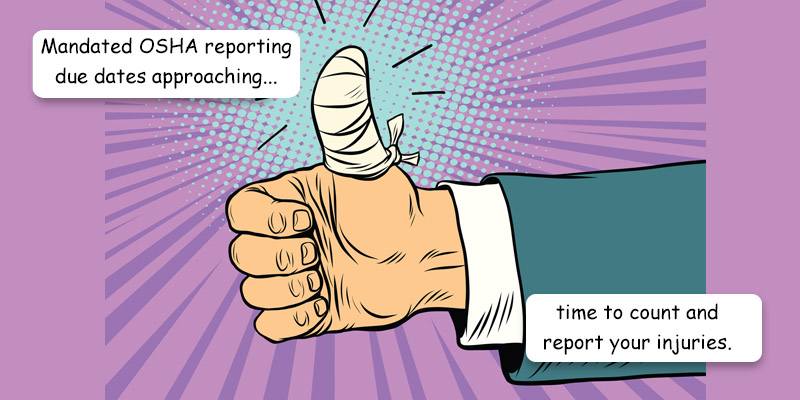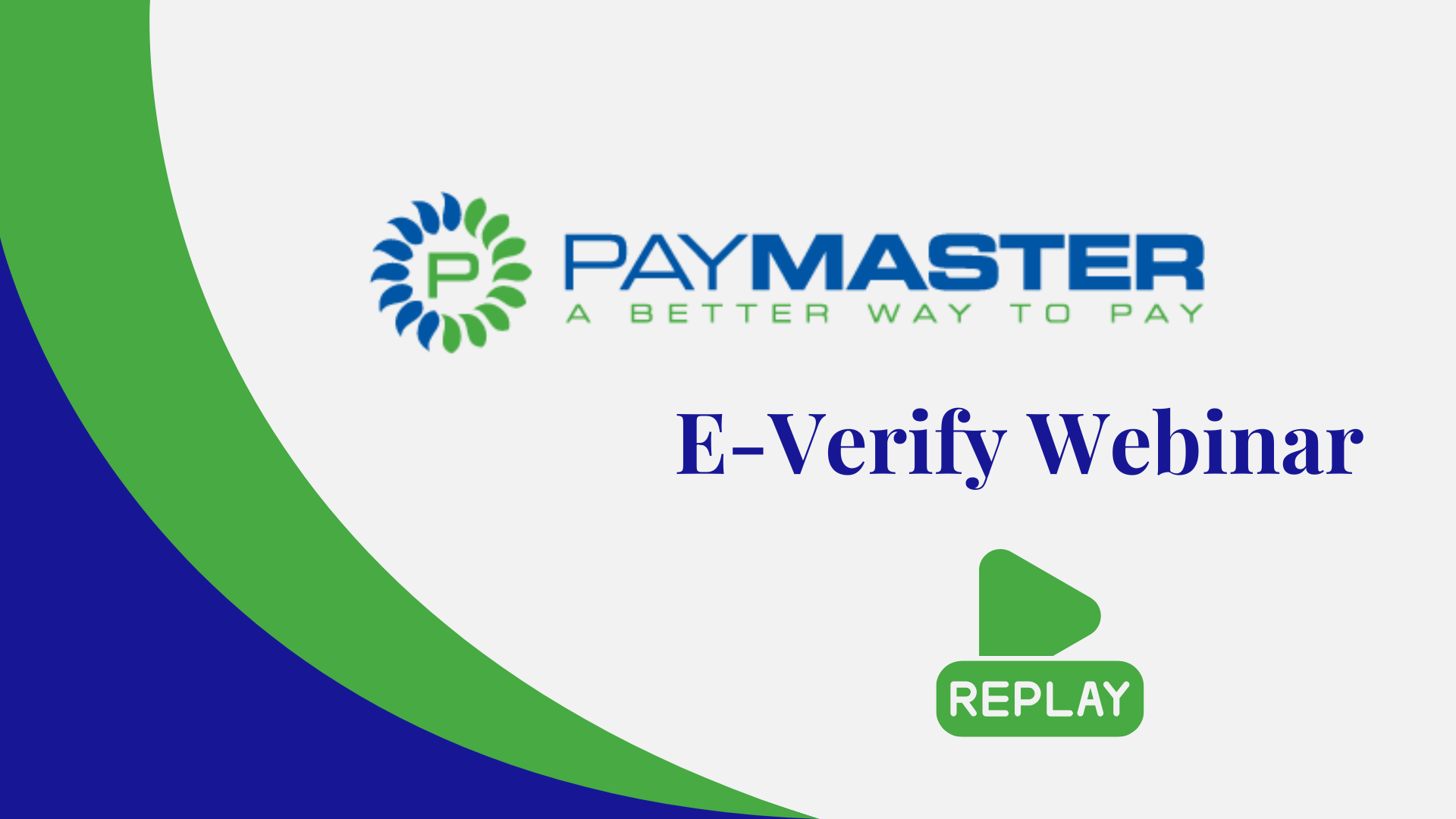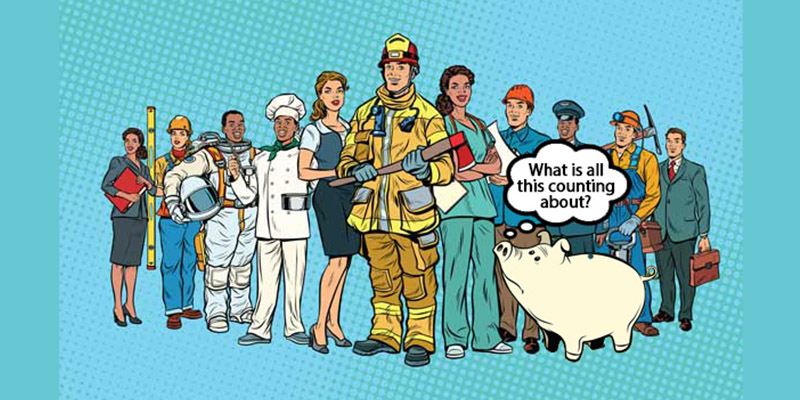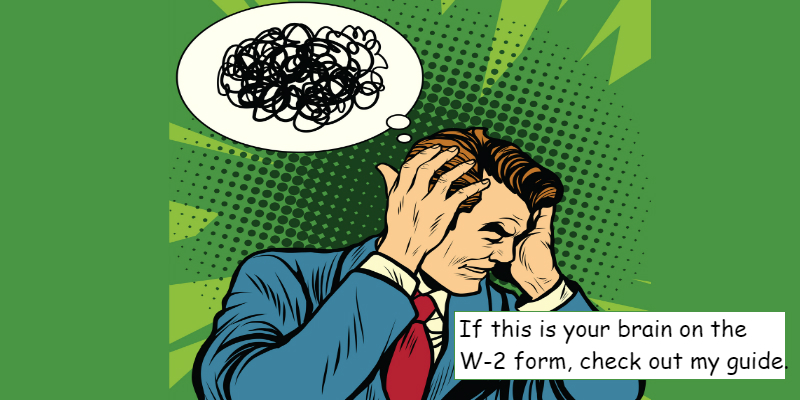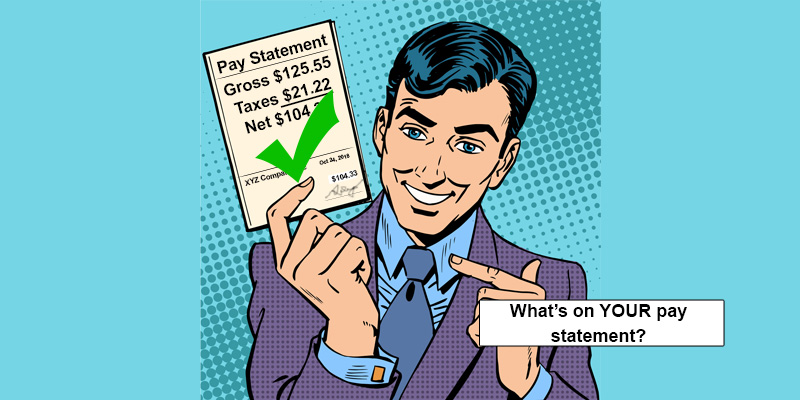OSHA Recordkeeping and Reporting Begins February 1 The Occupational Safety and Health Act of 1970 created the Occupational Safety and Health Administration (OSHA) to ensure safe and healthful working conditions for workers. It is a division of the U.S. Department of Labor and they set and enforce standards, as well as reporting requirements. In short, it is one more set of government regulations many businesses will need to comply with, or otherwise, face penalties. Form 300A Posting Requirement From February 1 to April 30, 2025, covered employers* with 11 or more employees at any time in 2024, must post OSHA…
Posts published in “Reporting”
E-Verify is now mandated to be performed on all new employees in the state of Florida. Check out this webinar replay for all the information you need to know.
Selecting a health insurance plan for your employees is harder than ever, with the exponentially rising costs and endless number of plans. Not only are there many different carriers to choose from, but there are also three different types of plans available: Fully-insured health plan: You may even call this the traditional insurance plan, where the employer pays a monthly premium and the insurance company pays all claims. Self-funded health plan: This is where the insurance company is paid an administrative fee and the employer acts as the insurer, paying the claims as they are incurred. This plan is typically…
All private employers, even Old MacDonald, who are subject to Title VII of the Civil Rights Act of 1964 (as amended by the EEO Act of 1972) with 100 or more employees and have establishments located in the 50 states or DC are required to file the Standard Form 100 (aka EEO-1) each year. The due date changes each year, and is often extended. As of the time of this article, the 2021 filing is due by Tuesday, May 17, 2022. This includes state and local governments, primary and secondary school systems, institutions of higher education, Indian tribes, and tax-exempt…
Over the next few weeks, as your employees start to receive their 2018 W-2 form, they will most likely have questions as to what all those numbers mean. For example, it is not uncommon for a salaried employee who earns $50,000 per year question why their Box 1 Wages only reflects $45,000. The response is, ‘do you contribute to a pension plan or have pre-tax insurance, then if so those amounts reduce your “taxable” wage, which is what appears in Box 1’. To assist you with those questions, here is an explanation of what is in each box and what…
I have previously written about how to pay, when to pay, and even the method to pay employees, so now let’s look at what needs to be provided to an employee with their check (their pay stub). Similar to my last article about when a final check is due to a separated employee, there is no Federal law which means the power to dictate is in the hands of each state. This certainly can become confusing to a company who operates in multiple states, and the best practice here is to comply with the state that has the most requirements. We will…
A question I am often asked is ‘How long must I maintain my payroll records?’, and the answer is; “it depends”. Reason being is that there are many different documents that are maintained within the payroll world by a myriad of federal, state, and local agencies, and a lots of overlap. Some people put a blanket retention policy of seven years across all documents, but in some cases as we will see, even that may not be long enough. Namely if the records are for an active employee. Let’s take a look at the more popular forms and documents, and bring some order to…
All private employers, even Old MacDonald, who are subject to Title VII of the Civil Rights Act of 1964 (as amended by the EEO Act of 1972) with 100 or more employees and have establishments located in the 50 states or DC are required to file the Standard Form 100 (aka EEO-1) on or before March 31st of each year. This includes state and local governments, primary and secondary school systems, institutions of higher education, Indian tribes, and tax-exempt private membership clubs other than labor organizations. Companies with centralized ownership, control, or management count all employees across all organizations to…
The death of an employee is a difficult time for any business. Grieving co-workers, loss of productivity, and finding and training a replacement are just a few of the factors a business will need to deal with, but one area that is often mishandled is the treatment of wages and payroll. How payroll is handled is all about timing, and I can break it down into three distinct parts. Part 1 – Wages earned and paid prior to the death For wages paid to the employee prior to the death, where the payroll check remains uncashed, a stop payment should…

